Just like humans, cats need special care post-surgery. To make your cat feel the most comfortable you can once they are in recovery, there are some helpful tips you can implement to care for them just right. Here are our best tips to care for your cat post-surgery:
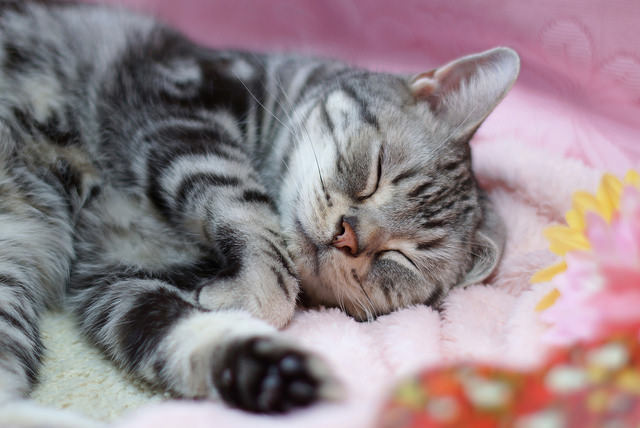 Source: K-nekoTR via Flickr
Source: K-nekoTR via Flickr
1. Be Aware of Their Needs
After surgery, your cat is likely to feel groggy with low energy levels. Allow them the ample amount of time they need to perk up again, and do not expect them to be their normal self quickly. Pain along with anesthesia takes a toll on their bodies, so be sure to provide them with a nice, quiet place to retreat in peace where no one can bother them. You may want to be extra affectionate with them because you hate seeing them feeling so glum, but remember that they need time and space to get back in their groove.
 Source: Antoine Robiez via Flickr
Source: Antoine Robiez via Flickr
2. Follow Discharge Orders Exactly
This step is very important for your cat’s care. For example, your vet may recommend a certain amount of time before your cat can eat again, and you must follow these guidelines exactly as instructed. By adhering to instructions closely, this will benefit your cat on their way to a speedy recovery. The same applies for water as well as food in most cases.
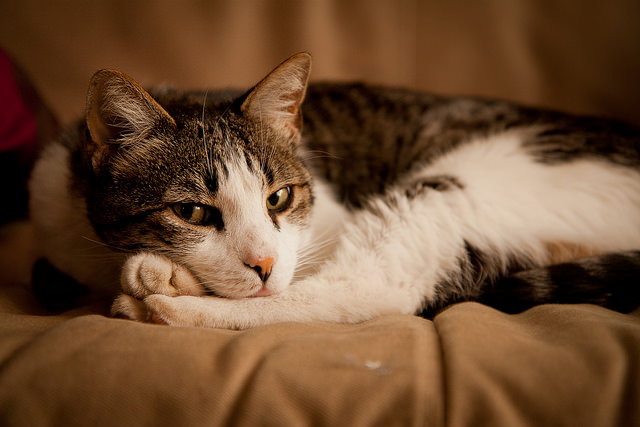 Source: Steve Hardy via Flickr
Source: Steve Hardy via Flickr
3. Limit Activity to a Minimum
While your cat is recovering try your best to make life as easy as possible on them. Keep food and water and sleeping quarters easily accessible to them and help to keep them from jumping up on anything or exerting too much energy. Your cat is aware that they aren’t the same as usual, but don’t let them overdo it trying to reach something they want to get to.
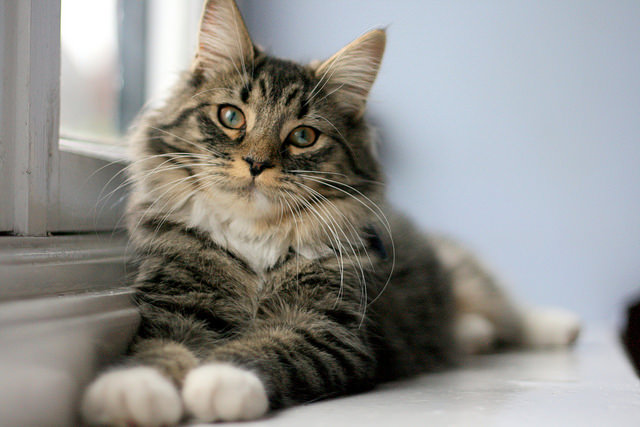 Source: Pete via Flickr
Source: Pete via Flickr
4. Cat Inside No Matter What
Even if your cat traveled outside the home prior to surgery, until they are fully recovered it is not a good idea to let them outdoors. While they are inside their vulnerable bodies are safe and out of harm’s way, protected from unexpected outside dangers that can cause them harm.
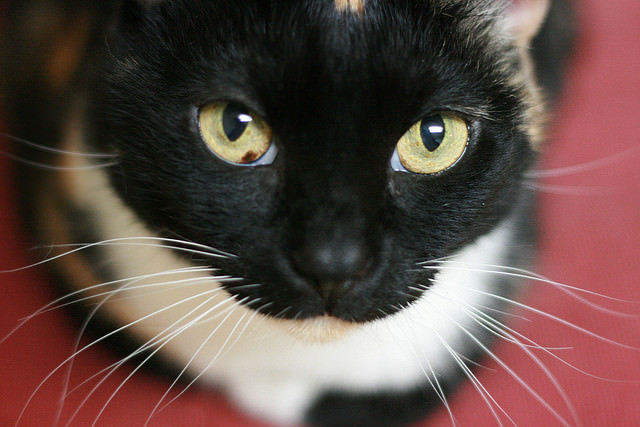 Source: ruben i via Flickr
Source: ruben i via Flickr
5. Switch to Paper Shreds for Litter Until the Wound is Healed
When your cat has a wound that is healing from surgery, especially if they have been spayed or neutered, temporarily switching from traditional litter to paper shreds will help prevent dust or litter particles from contaminating the wound. If the wound becomes contaminated with dust/litter particles this can lead to infection which will cause your poor kitty a great deal of pain.
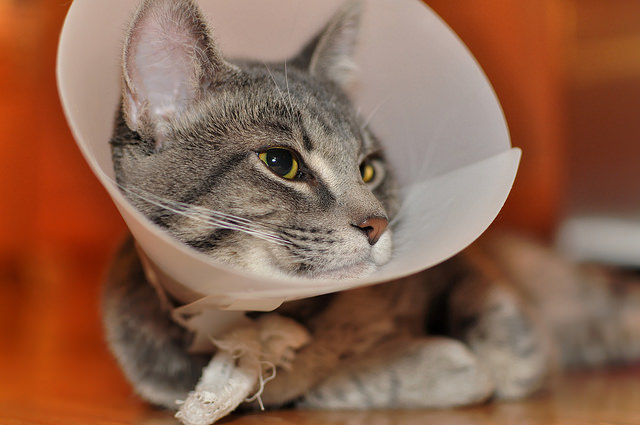 Source: andersbknudsen via Flickr
Source: andersbknudsen via Flickr
6. If it is Necessary, Have Your Cat Fitted for a Pet Cone
This may be a last resort and something you don’t want to have to do, but if your cat is trying to excessively groom the area a cone is needed. Obviously your cat won’t be crazy about the idea of having a cone fastened around their neck, but remember this is best to get them back to good as quickly as possible.
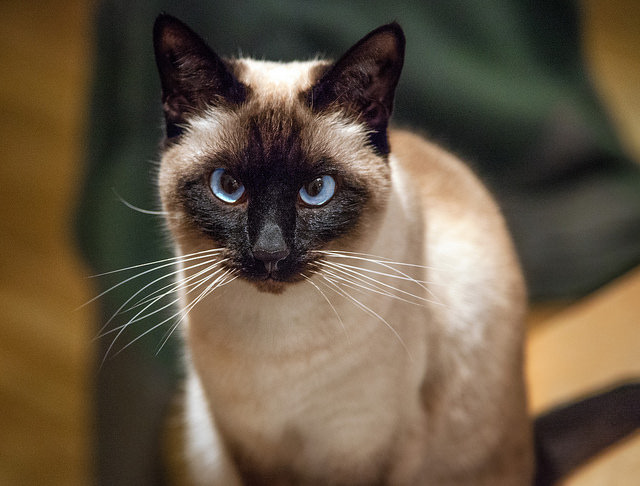 Source: Robert Couse-Baker via Flickr
Source: Robert Couse-Baker via Flickr
7. Keep an Eye on the Wound
Before you take your cat home from the veterinarian, pay close attention to their instructions on how the wound should look and the course of progress to be expected. Your cat won’t be able to tell you exactly what’s going on with them so be sure to keep a watchful eye on how things are going and report any troublesome issues to your vet if need be.
